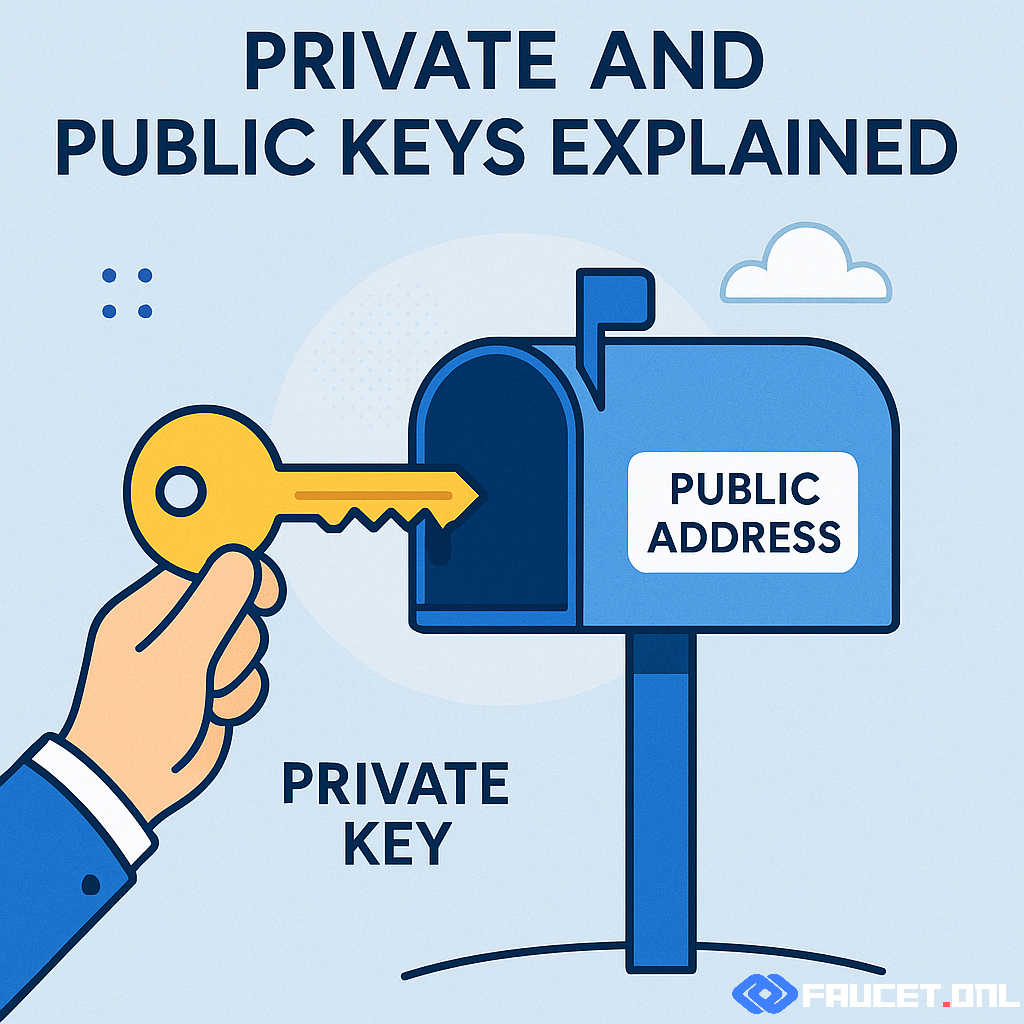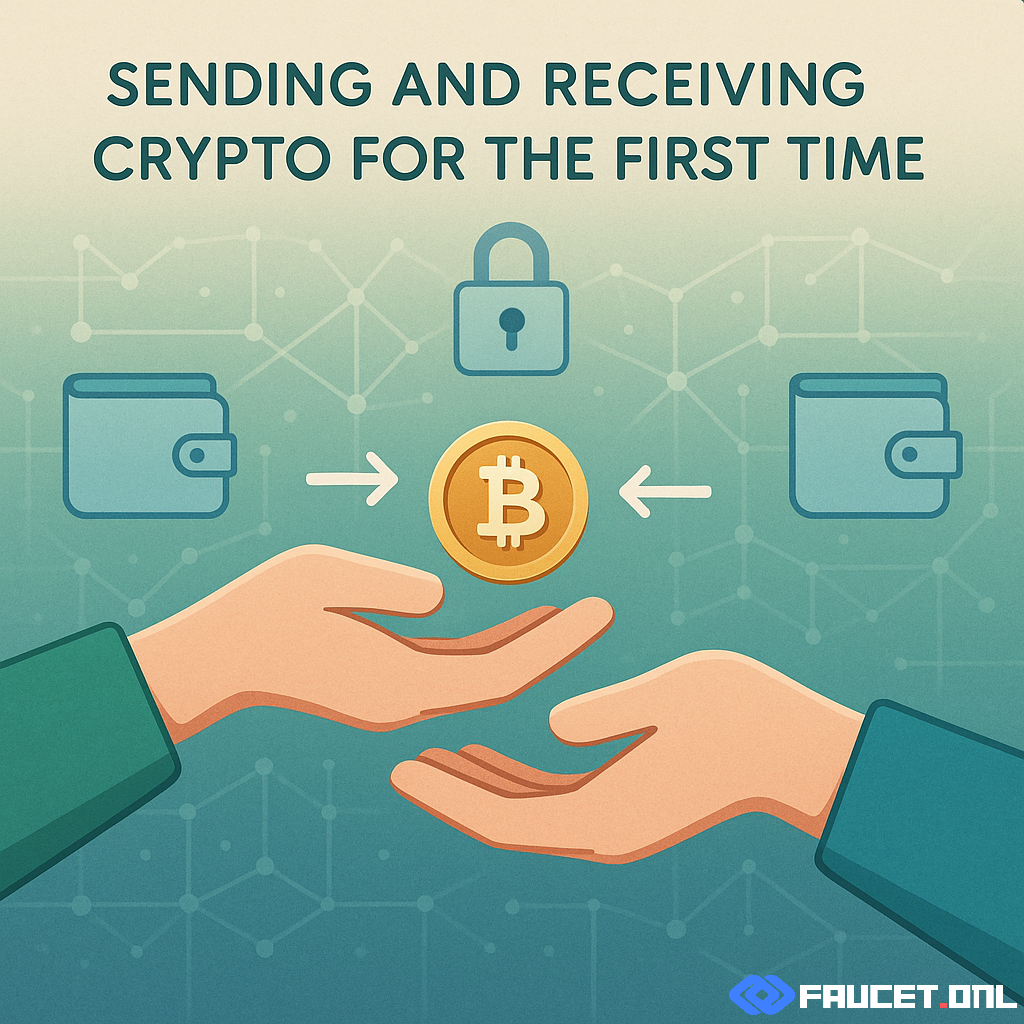What Are Keys? Understanding the Basics
In the world of cryptocurrency, your digital money is controlled by two crucial pieces of information called private keys and public keys. These keys are cryptographic codes that prove your ownership and allow you to send and receive funds securely. To understand them better, imagine a mailbox analogy:
Your public key is like your mailbox address. It’s safe to share this address with anyone who wants to send you mail— or in this case, cryptocurrency. The public key is visible on the blockchain and lets others know where to send funds.
Your private key is the physical key to open that mailbox. This key must be kept secret and secure. Anyone with access to your private key can open your mailbox and take out your letters—just like anyone with your private key can access your cryptocurrency and spend it.
How They Work: The Magic Behind the Scenes
Private and public keys work together through a cryptographic system called asymmetric encryption. Here’s how it works in practice:
- Generating keys: When you create a crypto wallet, a unique pair of private and public keys is generated.
- Receiving crypto: You share your public key (address) so others can send you coins.
- Sending crypto: To send funds, you use your private key to sign transactions, proving ownership without revealing the private key itself.
- Verification: The network uses your public key to verify the transaction is valid and authorized.
This system ensures that even though your public key is visible to everyone, only you can move your funds, thanks to your private key.
Using Them Safely: Protecting Your Digital Wallet
Because your private key is the ultimate proof of ownership, losing it or having it stolen means losing control over your crypto. Here are essential safety tips:
- Never share your private key: No legitimate service or person should ever ask for it.
- Backup securely: Write down your private key or seed phrase on paper and store it in a safe place—offline, away from hackers.
- Avoid digital copies: Don’t store your keys in cloud storage, email, or unprotected devices.
- Use hardware wallets: These devices keep your keys offline, greatly reducing hacking risk.
- Be cautious with software wallets: Ensure your device is secure and software is updated.
FAQs: Common Questions About Private and Public Keys
Q: What if I lose my private key?
A: Losing your private key means you lose access to your crypto permanently. Always keep backups.
Q: Can someone guess my private key from the public key?
A: No. The cryptographic algorithms make it practically impossible to derive your private key from your public key.
Q: What is a seed phrase?
A: A seed phrase is a human-readable backup of your private key, usually 12 or 24 words, used to restore your wallet.
Q: Can I share my public key?
A: Yes! Your public key is meant to be shared so others can send you cryptocurrency.
Tips: Best Practices for Key Management
- Regularly review your backup locations to ensure they are safe and accessible.
- Consider using multi-signature wallets for added security, requiring multiple private keys to authorize transactions.
- Be vigilant against phishing attacks that may trick you into revealing your private key or seed phrase.
- Educate yourself continuously about new wallet technologies and security updates.
Understanding private and public keys is the foundation of staying safe in the crypto space. With the right knowledge and precautions, you can confidently manage your digital assets and participate in the blockchain economy.



